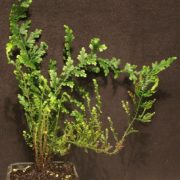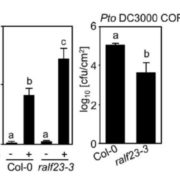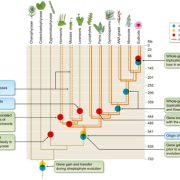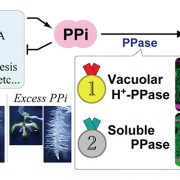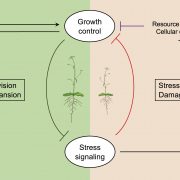Convergent evolution of desiccation tolerance in grasses
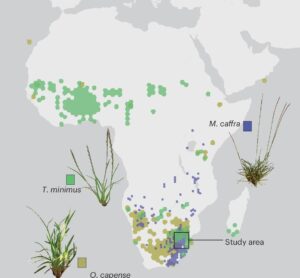 Many bryophytes and other non-seed plants are tolerant to vegetative desiccation, which is thought to have been necessary for colonization of land. By contrast, most seed plants lack this capacity, although they retain desiccation tolerance in their pollen and seeds. However, some seed plants, known as resurrection plants, have re-evolved vegetative desiccation tolerance probably through co-option of the retained ancestral pathways. In general, vegetative desiccation tolerance involves the accumulation of osmoprotectants and robust systems for protection from photooxidative damage. In a new work, Marks et al. took a comparative genomics approach to investigate the mechanisms of desiccation tolerance in a set of grasses from sub-Saharan Africa. They found that genes previously shown to contribute to desiccation tolerance, including early light-induced proteins (ELIPs), show high levels of gene expansion as well as elevated expression during desiccation. Interestingly, some species share a single origin of ELIP expansion, indicating parallel evolution, whereas in others gene expansion has occurred independently, suggesting convergent evolution. The authors extend their findings to identify shared signatures of desiccation tolerance, providing further evidence of convergence across species. (Summary by Mary Williams @PlantTeaching) Nature Plants 10.1038/s41477-024-01729-5
Many bryophytes and other non-seed plants are tolerant to vegetative desiccation, which is thought to have been necessary for colonization of land. By contrast, most seed plants lack this capacity, although they retain desiccation tolerance in their pollen and seeds. However, some seed plants, known as resurrection plants, have re-evolved vegetative desiccation tolerance probably through co-option of the retained ancestral pathways. In general, vegetative desiccation tolerance involves the accumulation of osmoprotectants and robust systems for protection from photooxidative damage. In a new work, Marks et al. took a comparative genomics approach to investigate the mechanisms of desiccation tolerance in a set of grasses from sub-Saharan Africa. They found that genes previously shown to contribute to desiccation tolerance, including early light-induced proteins (ELIPs), show high levels of gene expansion as well as elevated expression during desiccation. Interestingly, some species share a single origin of ELIP expansion, indicating parallel evolution, whereas in others gene expansion has occurred independently, suggesting convergent evolution. The authors extend their findings to identify shared signatures of desiccation tolerance, providing further evidence of convergence across species. (Summary by Mary Williams @PlantTeaching) Nature Plants 10.1038/s41477-024-01729-5


